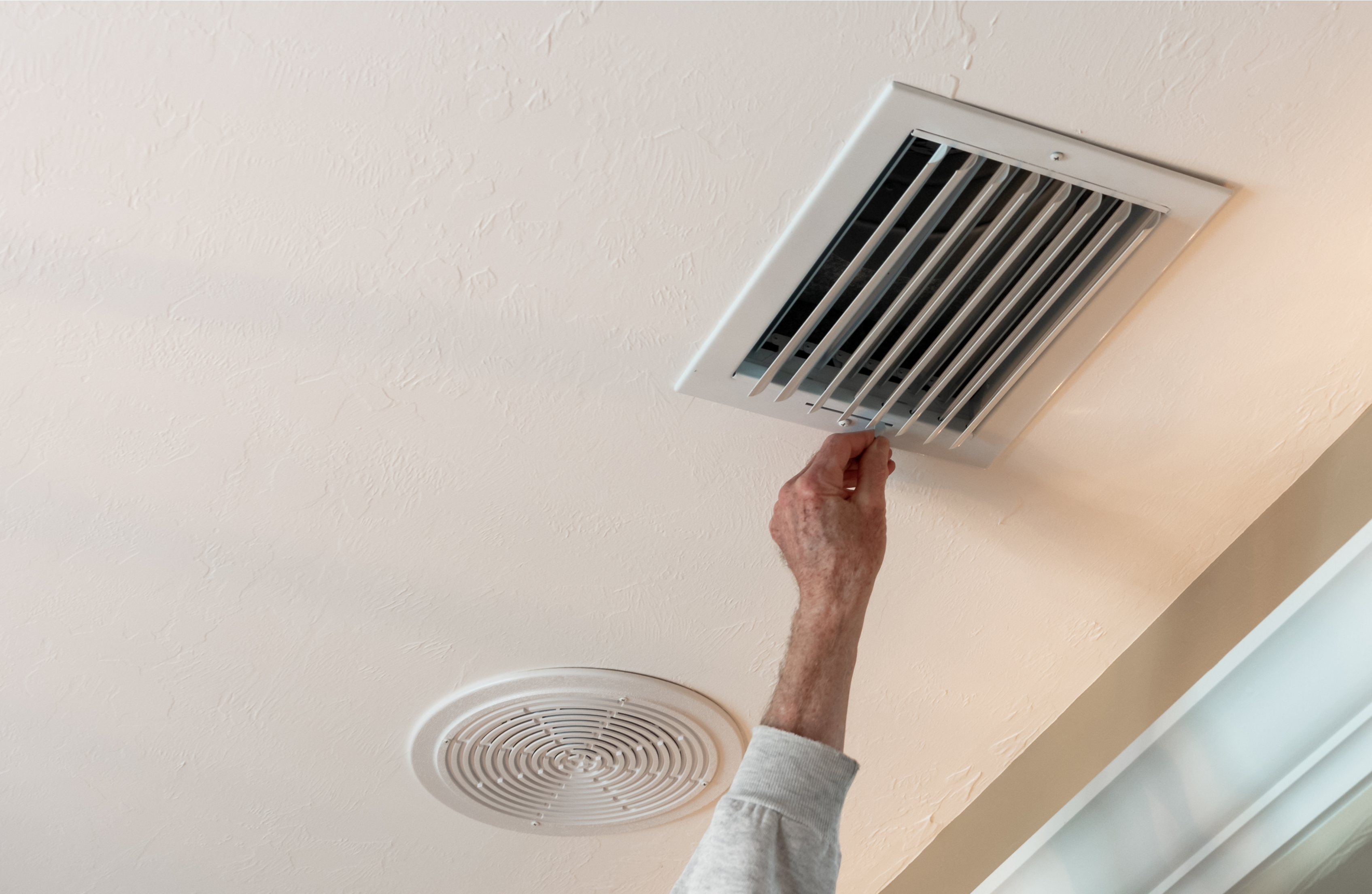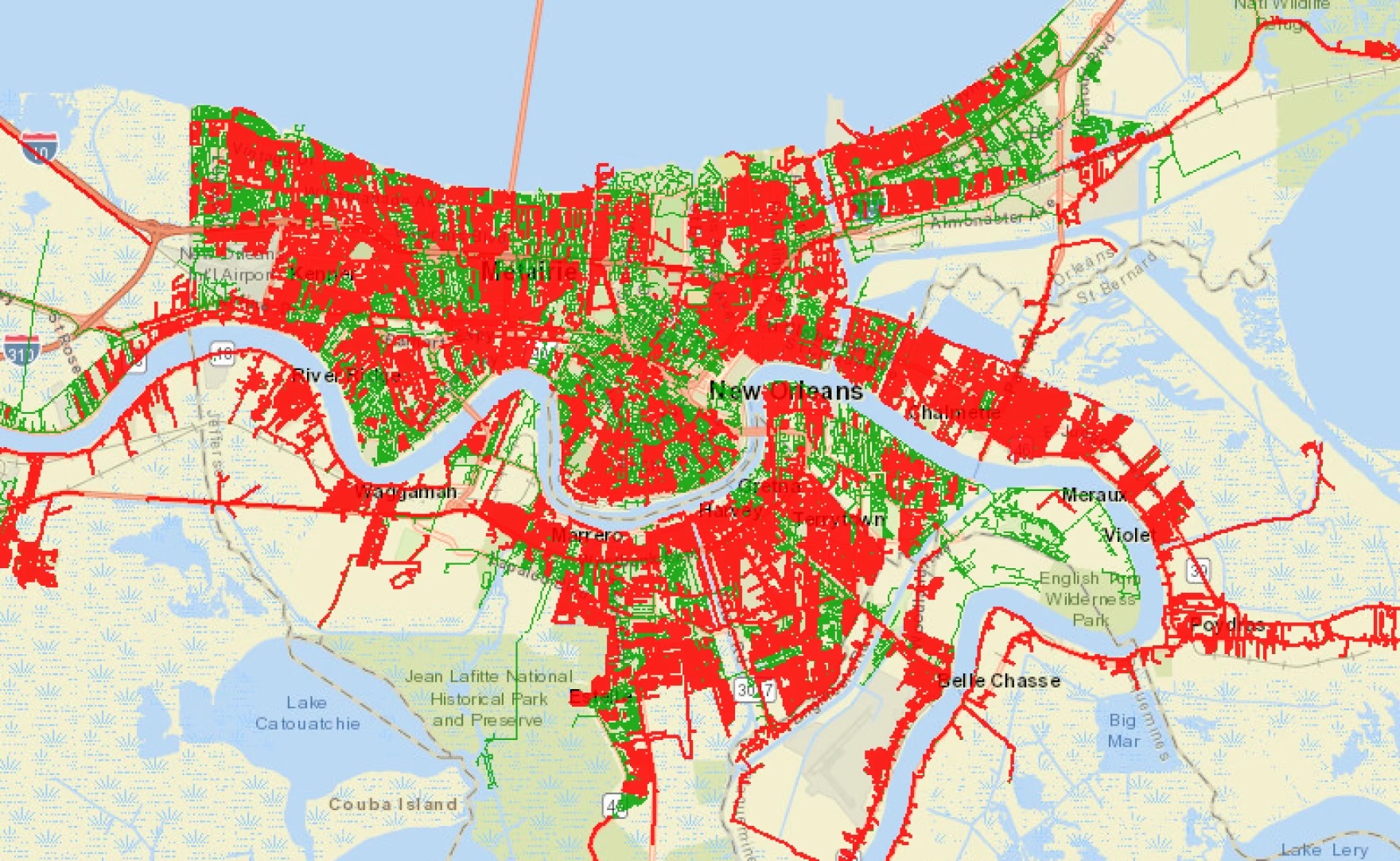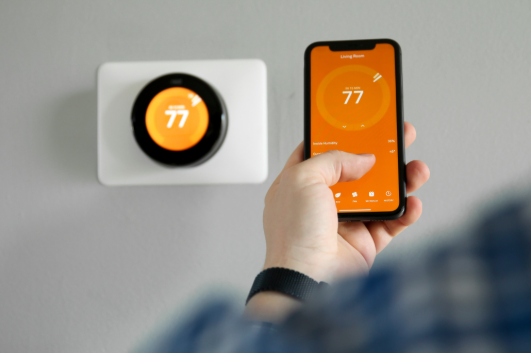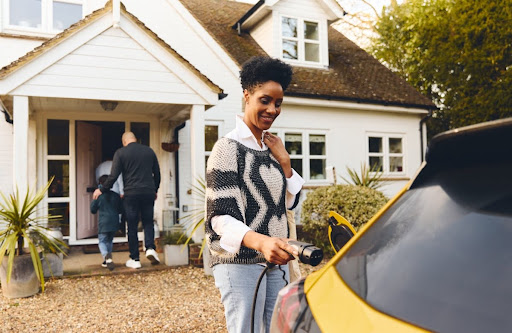As a homeowner, you sometimes feel the need to get creative when it comes to saving money. Fortunately, your utility bill is an easy place to start. If your heating or cooling costs are a little higher than you’d like, what’s the best way to save on energy without compromising your home comfort?
You might have heard the myth that closing vents for temperature control is a good way to reduce energy consumption while making your home more comfortable. Many homeowners think that by closing vents “strategically,” they can redirect conditioned air to other areas of their home. Unfortunately, it’s not quite that simple.
The truth of the matter is that closing vents for temperature control can cause more harm than good. Let’s take a closer look at how HVAC ventilation works, whether it’s best to keep wall vents open or closed, and some simple steps you can take to save energy.
How Does HVAC Ventilation Work?
Ventilation is the way in which the air in your home is distributed to provide maximum comfort and the best indoor air quality. Controlling your ventilation is not as easy as choosing to keep wall vents open or closed. In fact, the only way to have full control over the ventilation is with an HVAC zoning system.
Most homeowners, however, have a forced-air system that is controlled by one central thermostat. The term “forced-air” refers to the air distribution system. Any unit that uses an air blower to move conditioned air throughout air ducts and out of the vents is a forced-air system.
Why Closing Vents for Temperature Control Is a Bad Idea
So, should you keep wall vents open or closed? It seems logical to think that closing a vent in an unused room will redirect that air elsewhere. Unfortunately, most HVAC systems don’t have sensors to detect when registers are open or closed. As a result, they will produce the same amount of air—keeping your energy bills consistent.
You might actually cause uneven heat in the house if you choose to close vents for temperature control. As a result, your system will have to work harder to maintain the set indoor temperature and might even short-cycle.
Short-cycling refers to when your HVAC unit turns on and off too frequently. This, combined with restricted airflow, can cause the heat exchanger to overheat. The heat exchanger is the most expensive part of a heating or cooling unit, and any damages to this component usually lead to a premature system replacement.
Finally, you’ll likely see a decline in air quality if you close air vents in the basement, bedrooms, or any other unused rooms in your home.
Is It Okay to Partially Close Air Vents?
You don’t have to choose between keeping wall vents either open or closed; you can try partially closing them! This still allows proper airflow through the HVAC system and doesn’t present any problems, like overheating or increased air pressure inside the ducts.
During cold winter nights, it might be beneficial to partially close upstairs vents and keep downstairs vents fully open. Since heated air rises, this can help prevent having a top floor that’s too hot while you’re shivering downstairs.
6 Steps to Save Energy—The Right Way
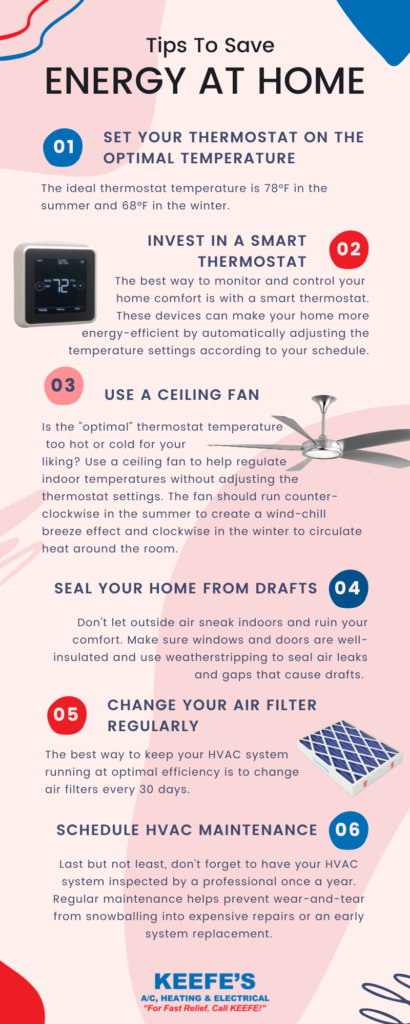
Call Keefe’s for All Your Comfort Needs
If you’re itching to close the vents for better temperature control at home, stop! Call Keefe’s for an air conditioner or heater service in New Orleans instead. We can get to the bottom of your comfort troubles and help provide a solution that’s both affordable and allows you to keep house vents open for maximum airflow.
Our team has been offering the leading heating and air conditioning sales and services in New Orleans and the surrounding areas for years, which is why we’re one of the most trusted companies in the area. For fast relief, call Keefe!
